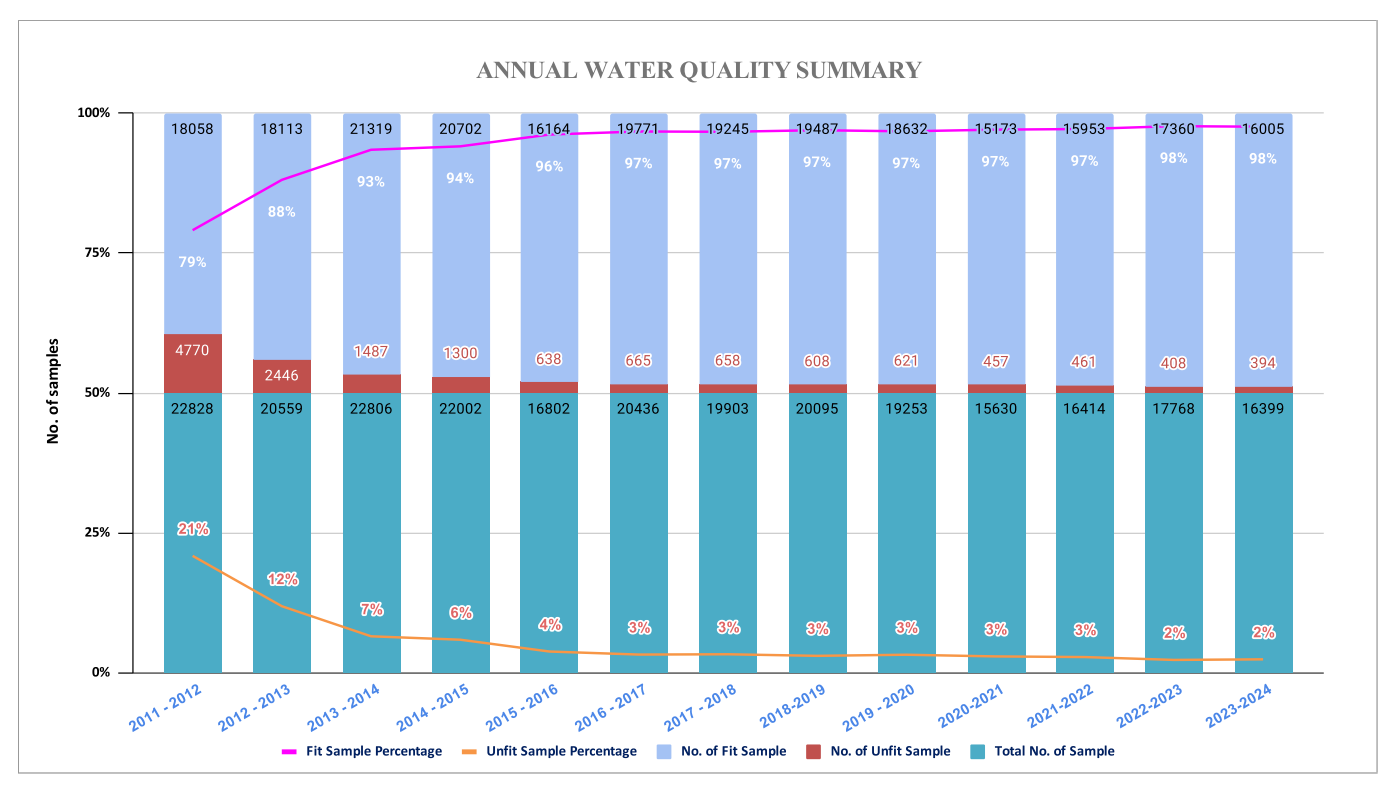The online services will be temporarily suspended due to a planned system migration. This essential upgrade will help us improve our services and provide you with an enhanced user experience.
Maintenance Details:
- Start Date : 11.12.2024
- Start Time : 6 Pm onwards
- Till : 21.12.2024
During this period, you will not be able to access the following services:
- Online payment
- View/Pay Bill
- Billing and Payment History
- Login into your account
We apologize for any inconvenience this may cause and appreciate your patience as we work to improve our services. Our team is committed to completing the migration as quickly as possible to minimize disruption to your service.
During the maintenance period, collections can be done through QR Code and at Cash Counters, you can contact the Call Center for any kind of support.
We thank you for your continued support and understanding.


